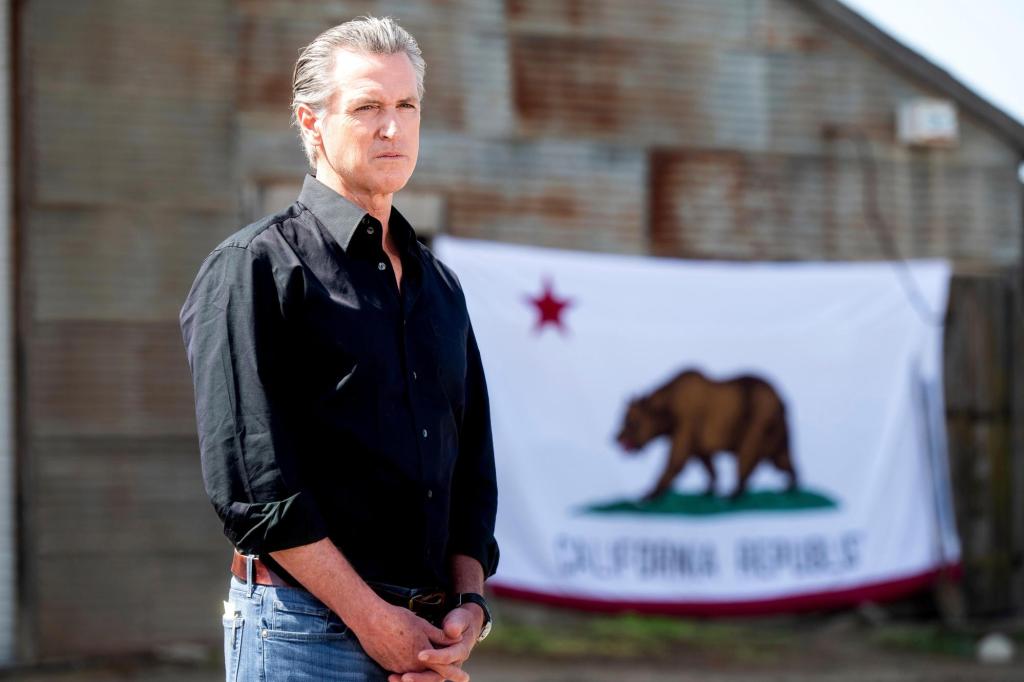
“The Seven Year Itch” is not only a great Marilyn Monroe movie, but a natural occurrence for California governors and legislators of the same party in the seventh year of an eight-year administration.
Governors dominate legislators for most of their tenure, then lawmakers begin to push back and act more independently in the seventh year of a governor’s term, typically on budget priorities.
However, new legislation from a group of legislative Democrats to overhaul the forthcoming update of the Low Carbon Fuel Standard is more than the 2025 remake of a Billy Wilder classic.
It’s Democrats abandoning what Gov. Gavin Newsom calls “The California Way.”
The California Way is Newsom’s governing philosophy and policy agenda. It dictates, for example, what kinds of cars people must buy and appliances they must use. It puts blind faith in government green mandates typified by the Low Carbon Fuel Standard. And it empowers unelected bureaucrats like the state Air Resources Board, who unwaveringly enforce a costly agenda that hurts Californians struggling to make ends meet.
Green mandates like the Low Carbon Fuel Standard impose huge costs on working class and minority communities and those living in inland and central California. These are core constituencies for Democratic lawmakers at risk of losing their seats.
Their worry grows when they read the Air Resources Board’s own assessment forecast that the new standard could raise gas prices by 47 cents per gallon. A recent USC study found that Newsom’s green mandates – which also triggered the forthcoming closure of two major state refineries – could see state gas prices surpass $8 per gallon by 2026.
The Air Resources Board chair recently admitted at a legislative hearing that the board does not analyze the impact of its policies on consumers. Afterward, a Democratic Assemblywoman from a district where President Donald Trump and then-Vice President Kamala Harris virtually tied called for her resignation.
For his part, Newsom has been unmoved, shifting the blame for high gas prices to “big oil.” In a November visit to Fresno, he “rejected the notion that gas prices will see a sudden spike related to the air board’s decision” despite the overwhelming data to the contrary.
He went through the charade of a special legislative session to investigate why California gas prices are so high (hint: it’s his policies). Just a few weeks ago, he signed an executive order doubling down on his unrealistic electric vehicle mandates, which will make the cost of driving more expensive. This is part of a green energy transition that will cost California families upwards of $20,000 each according to a recent Pacific Research Institute study. And much to the chagrin of fellow Democrats, he’s refused to block the Low Carbon Fuel Standard update.
Voters who stand to be harmed the most economically by Newsom’s green policies are, not surprisingly, voters in swing districts. These areas moved sharply red in the 2024 election as Democrats lost three legislative seats.
Consider the most endangered Senate Democrat, Central Valley Sen. Melissa Hurtado, who saw President Trump take her district by nearly 10 points. With her seat at risk again, it’s no coincidence that Hurtado is now a joint author of the legislation to dump Newsom’s green agenda.
With 64 percent of Latinos saying that price increases have caused financial hardship for their households in the latest poll from the nonpartisan Public Policy Institute of California – this mini rebellion from Capitol Democrats won’t be the last.
Expect to see other Democrats facing heat from constituents move quickly to throw Newsom’s policy agenda under the bus. Unless these lawmakers make good on promises to lower the cost of living and stop higher gas and energy prices from becoming the California Way, they may join their departed colleagues in losing their seats in 2026.
Tim Anaya is the Pacific Research Institute’s vice president of marketing and communications and co-author of The California Left Coast Survivor’s Guide.



